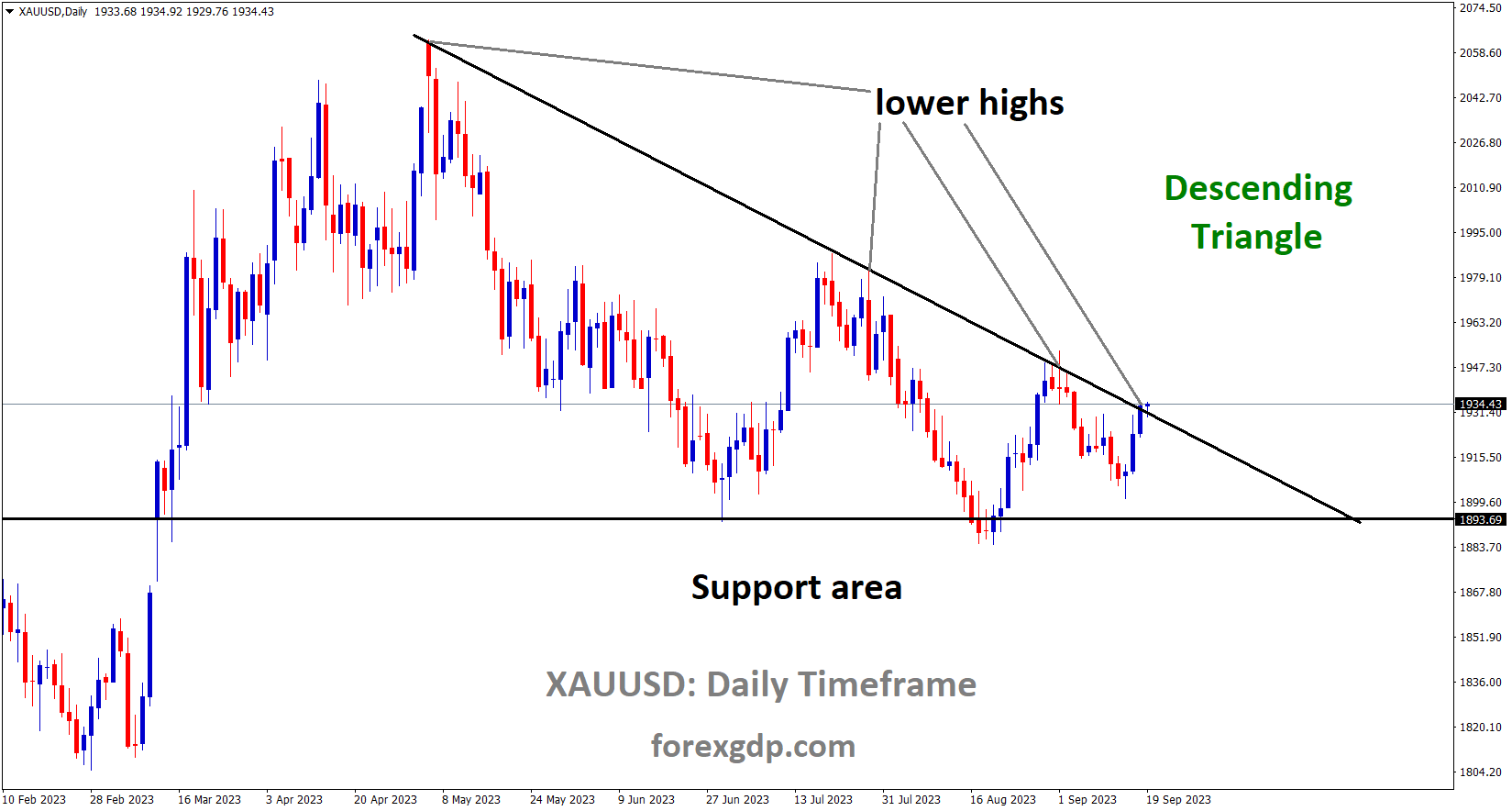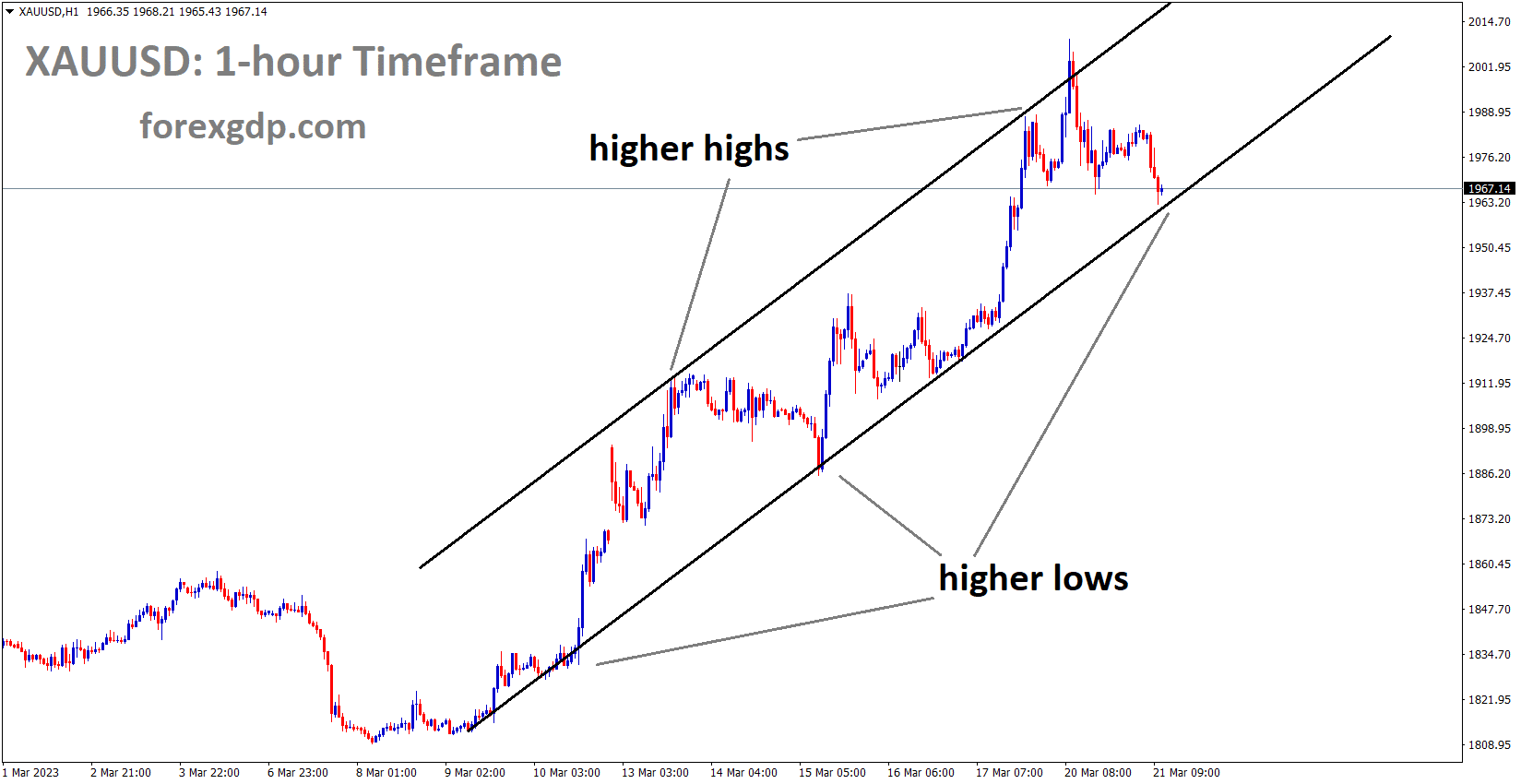2024 U.S. Presidential Election: Key Dates, Processes, and What to Expect
With the U.S. presidential election fast approaching on Tuesday, November 5, 2024, Americans are preparing to head to the polls to choose their next leader. Vice President Kamala Harris and former President Donald Trump are in a close race, and all eyes are on the election’s outcome. But when exactly can we expect the results, and what factors might delay them? Here’s everything you need to know about the 2024 presidential election timeline, vote-counting process, and the steps that follow election night.
When Are Election Results Expected?
This election could be one for the history books, not only because of the candidates but also due to the tight competition and new voting regulations. Let’s dive into why the results might not be immediately clear on election night.
Election Night and the Unfolding Timeline
While most Americans are accustomed to learning the election outcome late on election night or by the early hours of the following day, this year might be different. Polls across the country close at varying times, and due to the high volume of mail-in and early voting, results could take longer to finalize in some states. This is particularly true for key swing states—Arizona, Georgia, Michigan, Nevada, North Carolina, Pennsylvania, and Wisconsin—where outcomes could swing in either direction.
Even though recent adjustments in states like Michigan aim to speed up vote-counting, some results may still trickle in over several days. In other words, Americans may go to bed on election night without knowing who won. And if the results are too close to call, recounts or legal challenges could stretch the timeline further.
Comparing to Previous Elections
In the 2020 election, it took four days for major news networks to call the race for Joe Biden. Although some states declared results relatively quickly, crucial battlegrounds like Pennsylvania and Nevada required extended counts due to the pandemic-fueled surge in mail-in ballots. The process might be quicker this time, as fewer people are expected to vote by mail, but close margins could still lead to delays.
In contrast, 2016 saw a more traditional timeline, with Donald Trump declared the winner by early morning the day after the election. However, not all elections are so straightforward; the 2000 election famously dragged on due to a recount in Florida, only concluding after a Supreme Court ruling over a month later. If the 2024 election is similarly tight, Americans may need to wait for a conclusive result.
The Vote-Counting Process Explained
After the last voter has cast their ballot, the real work begins. Counting votes may sound straightforward, but it’s a complex process with several steps that ensure the accuracy and integrity of the election. Here’s a closer look at how it all works.
Step-by-Step Vote Counting
- Counting Election Day Votes First: Typically, election day votes are counted immediately once the polls close. These are followed by early votes and, finally, mail-in ballots. Each vote must be scanned and validated, ensuring no duplicates or mistakes slip through.
- Validating Ballots: Each ballot is carefully examined to confirm the voter’s eligibility, check for any issues (like tears or marks that could interfere with scanning), and align with the total number of registered voters. Election officials are thorough in this process, ensuring that only valid votes make it to the final count.
- Additional Review for Challenged Ballots: In some cases, ballots are set aside for further scrutiny—these might include overseas or military ballots, which could arrive after election day but still count if postmarked appropriately. Some circumstances may even require a manual count.
This entire process, known as “canvassing,” involves multiple layers of verification. It’s monitored closely, with specific rules about who can observe, ensuring that everyone has a fair chance to validate the outcome.
What About Recounts?
In some states, an automatic recount occurs if the results are within a certain percentage. For instance, Pennsylvania triggers a recount when the margin is less than 0.5%. While recounts don’t always alter the final result, they can introduce additional delays.
Potential Delays and Legal Challenges
Several factors could slow down the election process, especially given the close race and the high stakes. From tight margins to legal disputes, here are a few scenarios that might delay the official results.
Narrow Margins and Swing States
If the election margins in key swing states are razor-thin, news networks and election officials might hesitate to call the race, waiting for every last ballot to be counted. This is especially relevant in states like Arizona and Pennsylvania, which could be pivotal in deciding the election’s outcome.
Legal Disputes and Recounts
The 2024 election has already seen numerous lawsuits filed in various states on issues such as voter eligibility and election rules. These legal challenges could lead to recounts or even requests for additional ballot reviews, extending the timeline.
If there are allegations of voter irregularities or mismanagement at polling locations, legal battles could ensue, potentially mirroring the 2000 election’s prolonged timeline. Both parties are prepared to litigate if they believe their candidate has been wronged, meaning that court rulings may play a significant role in this election.
Election-Related Incidents
Unexpected events, such as delays in the vote-counting process, logistical issues at polling stations, or even technical problems, could also affect the timing of results. In the 2020 election, for example, a burst water pipe in Georgia temporarily halted the ballot count. Any similar incidents this year could add another layer of delay, especially if they occur in pivotal states.
What Happens After Election Night?
Once all the votes are counted and verified, several additional steps are required before the official winner is confirmed. Here’s what the process looks like after election day:
Certification of Results and Electoral College
After local jurisdictions finalize their counts, the results are certified at the state level, usually by a governor or state election official. This certification formalizes the election outcome and confirms the “slate of electors” who will represent each state in the electoral college.
On December 17, 2024, these electors will meet in their respective states to cast their votes for president and vice president, and the results will be sent to Congress. A new Congress then convenes on January 6, 2025, to formally count the electoral votes. The current vice president, who oversees this process, announces the official winner.
Inauguration Day: January 20, 2025
The winner of the 2024 election will be sworn in on January 20, 2025, marking the 60th presidential inauguration in U.S. history. The inauguration ceremony includes a pledge to uphold the Constitution, followed by the inaugural address—a momentous occasion that celebrates the peaceful transfer of power.
Final Thoughts
The 2024 presidential election is shaping up to be a historic and potentially extended affair. From close races in key swing states to rigorous vote-counting and legal battles, there are many variables that could delay the final results. But as complex as it may seem, each step of the process is designed to uphold the integrity of the democratic system, ensuring that every eligible vote is counted accurately.
So, as you watch the results unfold, remember that delays don’t necessarily indicate problems; they often signal the thorough care that goes into making sure every voice is heard. Whether we know the winner on election night, the following morning, or even a few days later, the most important thing is that each ballot is counted, and the election result reflects the will of the people.
Don’t trade all the time, trade forex only at the confirmed trade setups
Get more confirmed trade signals at premium or supreme – Click here to get more signals, 2200%, 800% growth in Real Live USD trading account of our users – click here to see , or If you want to get FREE Trial signals, You can Join FREE Signals Now!









